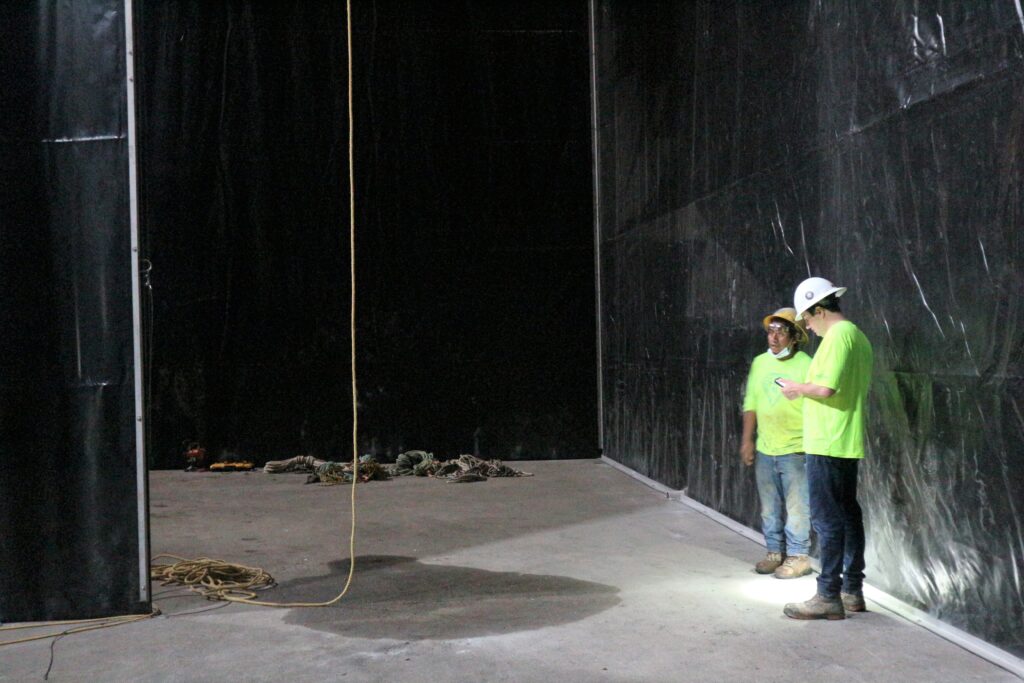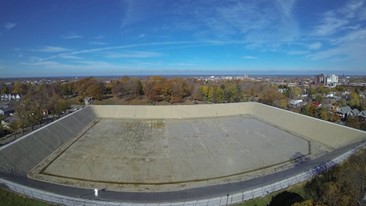By Felon Wilson
Resiliency in drinking water systems has become a broad discussion as many systems have experienced operational and quality problems. Like much of our ageing infrastructure, the backlog of needed updates and repairs continues to grow. Infrastructure improvements are expensive, and the cost burden of the improvements is borne by the user, in one way or another. Geomembranes are cost-effective, engineered materials that help reduce costs in water, wastewater and many infrastructure projects. Let’s take a brief look at those drinking water cost-savings applications.
A recent study by Duke University’s Nicholas Institute for Energy, Environment and Sustainability concluded that 17% of U.S. households struggle to afford basic water service. The study was based on 787 communities served by the largest utilities in the United States. Those communities represent half of the population. It is widely agreed that utilities’ costs have risen faster than customers’ incomes. Also, advanced treatment processes necessary to comply with upcoming PFAS maximum containment levels will add additional costs to treatment. In the absence of an infusion of public funding, utilities are a customer-supported service.
Geomembranes used in drinking water systems have been proven to improve the efficiency and quality of drinking water. But while drinking water must be clean and meet regulatory standards, it must also be affordable. The following are ways geomembranes provide cost savings over other technologies to improve efficiencies and thus, lower costs.
Raw Water Storage – Raw water storage provides a non-interruptible source of water for treatment. By lining storage impoundments with a geomembrane, impurities such as sediment are minimized in the treatment process, giving added operational savings. Only geomembranes with negligible thermal expansion-contraction and seam strength equal to sheet strength can provide a continuous lined surface with no ground contact for the stored raw water. Further, water loss concerns through leakage are eliminated. See the reference link at the bottom of this article for more information on raw water storage.

XR-PW lined raw water impoundment, Franklin, Tenn.
Floating and Diversion Baffles – Rather than spending capital funds on larger storage, geomembrane diversion baffles can ensure residence time in storage, and plug flow through disinfection contact chambers and clearwell baffles. Both maintain water quality without added barriers or walls, giving added operational flexibility to help prevent the creation of disinfection byproducts, often trihalomethanes. As all water treatment facilities add PFAS-removal processes, added hydraulic flexibility will be essential.

Finished Water Storage Liners and Covers – Concrete structures to provide hard shell containment are expensive. An alternative is in-ground, geomembrane-lined storage basins. A geomembrane floating cover then provides security and protection for the stored potable water. With the economics of a lined excavation and a soft-shell flexible cover, many communities are saving upgrade and renovation funds.

All geomembranes used in the potable water sourcing, treatment and storage must be evaluated by the National Sanitation Foundation (NSF) and certified by the NSF to comply with their standard no. 61. While raw water is not technically required to be certified, as the standard applies to materials touching potable (not raw) water, it is considered good practice to also use NSF-61 evaluated and approved materials in raw water impoundments.
To read the complete Duke University report, go here. For more information on raw water storage, go here.
 TEXTILES.ORG
TEXTILES.ORG


